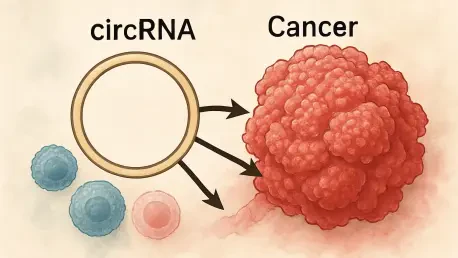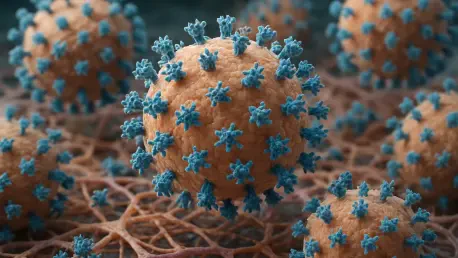
I'm thrilled to sit down with Ivan Kairatov, a seasoned biopharma expert with a wealth of experience in research and development. With a sharp focus on technology and innovation, Ivan has been at the forefront of advancing biologics formulation, particularly in tackling the complex challenges of

In the high-stakes world of biopharmaceuticals, where developing a single drug can cost upwards of $2.7 billion, inefficiencies in clinical bioanalysis pose a significant threat to timelines and budgets, often delaying critical decisions by weeks or even months. Traditional manual methods,

In the rapidly evolving field of cellular biology, a groundbreaking advancement has emerged that promises to reshape the study of migrasomes, a unique type of organelle critical to cell communication and various physiological processes. These organelles, formed by migrating cells, play essential

Cancer research has taken a remarkable leap forward with a recent study published in Nature Communications by Cao et al., shedding light on a previously unknown molecular mechanism that fuels tumor growth and opens new avenues for therapy. This groundbreaking work reveals a unique interaction

In the realm of virology, understanding how viruses interact with host cells is paramount to developing effective treatments and preventive measures, particularly for respiratory pathogens like the influenza A virus, which poses significant public health challenges. Traditional two-dimensional (2D)

The field of computational biology stands at a pivotal moment, where the ability to decode cellular behavior within tissues is transforming medical and scientific understanding, and this discipline, blending biology with advanced data analytics, has become instrumental in uncovering how cells